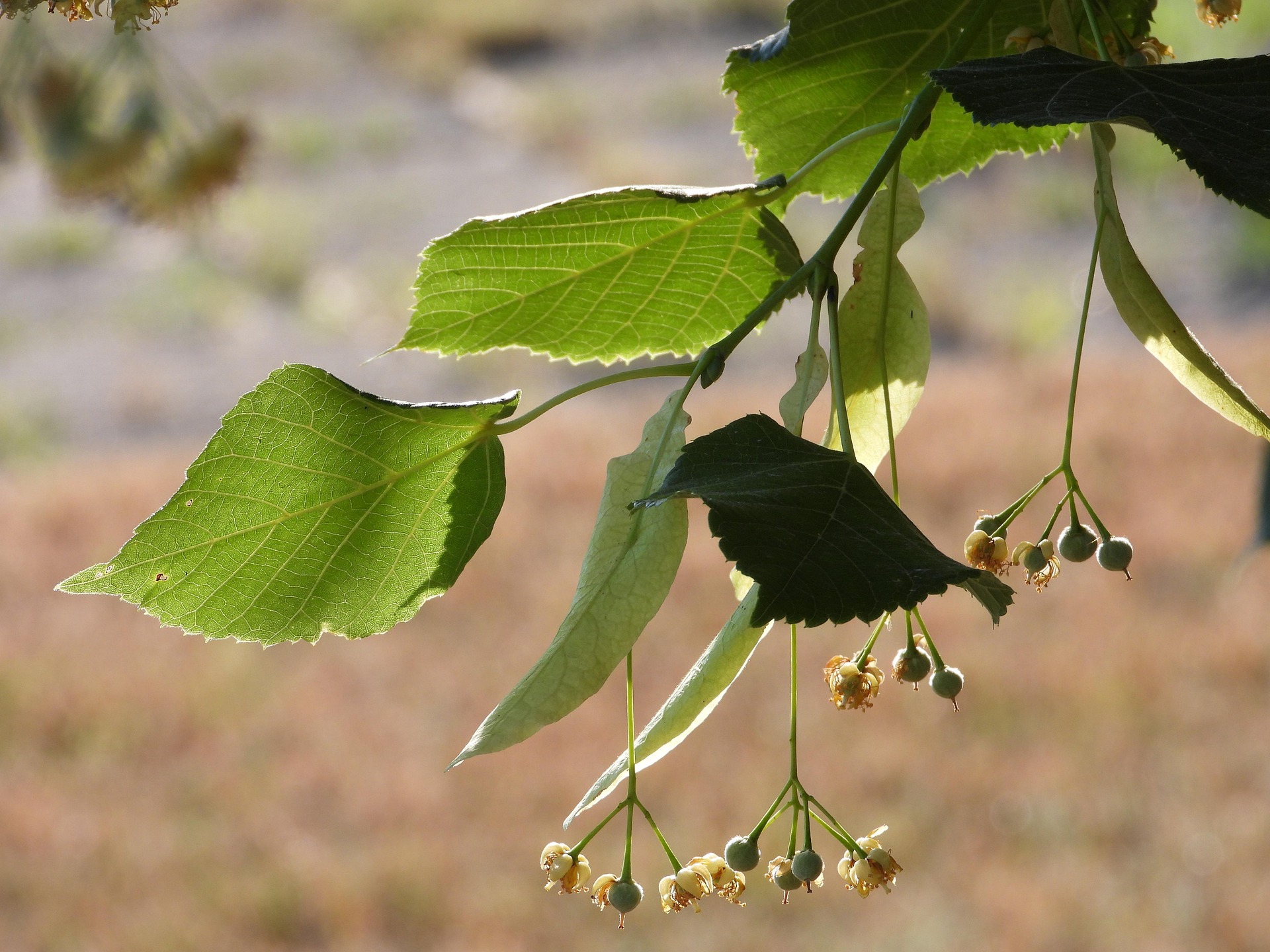 At this post you can rub a picture of a tree rather than an animal for you to collect. Don't confuse the large lime tree with the small citrus lime tree that produces those lovely green fruits. This is a completely different species of tree , but just as interesting.
At this post you can rub a picture of a tree rather than an animal for you to collect. Don't confuse the large lime tree with the small citrus lime tree that produces those lovely green fruits. This is a completely different species of tree , but just as interesting.

The lime or linden tree is large and is identifiable by the shape of its leaves and the yellow flowers that appear in June and July. The flowers have a strong, sweet fragrance and attract many bees and other insects. The leaves can be used to make teas and infusions. The berries that form after the flowers are not poisonous, but they are not especially pleasant to eat. Young leaves, however, can be used in salads. The lime is deciduous, which means that it drops its leaves in autumn after they have turned from green into shades of red and yellow.
Aphids (greenfly and blackfly) are attracted to the leaves of the lime by the sweet-smelling sap. Ants farm the aphids, protecting them from predators (mainly ladybirds and wasps) so that they can collect the honeydew that the aphids secrete.
The wood of the lime is soft and very useful for carving. It was traditionally used to make puppets, but it can be used for all sorts of useful and decorative objects. Today it is widely used to make the bodies of electric guitars.
On the Parade there are both lime trees and beech trees. You can tell the difference from the shape of the leaves, as the leaves of the lime are heart-shaped, while beech leaves are oval and pointed. A lime tree can live for a thousand years or more, but those on the Parade are just a few hundred years old.
The River Fowey, in Cornish just Fowy, is named after the beech trees: it means Beech river.
 You will see more lime trees later on, in Coulson Park, but we are now going to move on to the quays. Walk carefully past the Coop and small shops into Quay Street and move onto the grass area adjoining the river, where you will find the next post.
You will see more lime trees later on, in Coulson Park, but we are now going to move on to the quays. Walk carefully past the Coop and small shops into Quay Street and move onto the grass area adjoining the river, where you will find the next post.
When you get to the next post PRESS THIS BUTTON